Have you ever wondered why your beloved Scottish Fold cat’s eyes are always watery? If you find yourself constantly wiping away those tears, you’re not alone. The unique facial structure of Scottish Fold cats, with their famously closed nasal canals, often leads to this frustrating and persistent issue. Despite your diligent cleaning efforts, you might worry about long-term skin problems or discoloration from all that moisture. Let’s dive into why this happens and explore ways to make your furry friend’s life more comfortable.
Key Takeaways
- The closed nasal canals of Scottish Fold cats contribute to frequent watery eyes.
- Regular cleaning is essential to prevent potential scarring and discoloration.
- Your vet can provide reassurance and rule out nasal blockages through tests.
- Maintaining your cat’s eye cleanliness is crucial for their overall well-being.
- Explore potential treatments and remedies to manage your cat’s watery eyes effectively.
Understanding Watery Eyes in Scottish Fold Cats
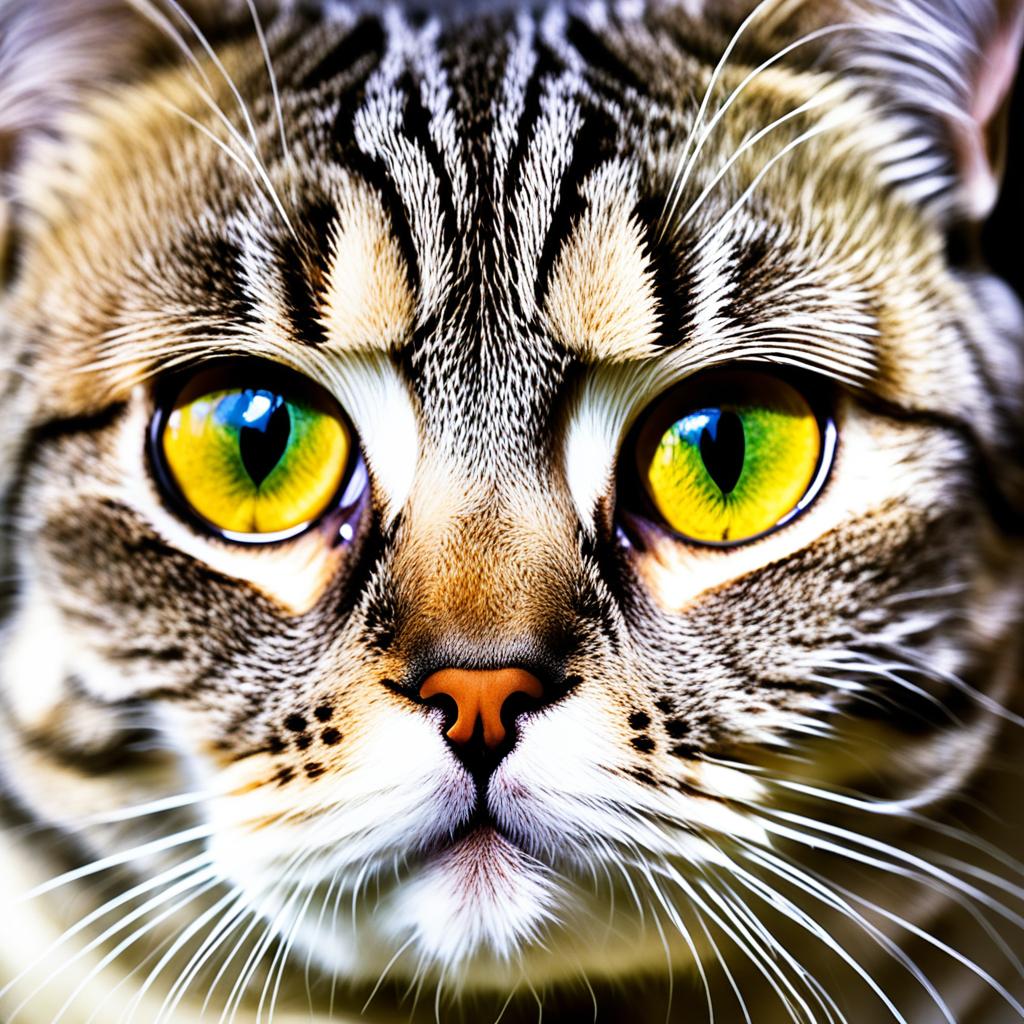
Epiphora, the overflow of tears in felines, is more of a symptom than a disease. The causes of watery eyes in Scottish Fold cats are primarily linked to their unique brachycephalic facial structure. This adorable squished face might be cute, but it can lead to insufficient drainage through their tear ducts or, alternatively, excessive tear production.
But what makes those sweet puddles appear? It’s a combination of factors: conjunctivitis, allergies, eye injuries, and even abnormal eyelashes. These Scottish Fold eye health concerns can vary in severity and impact on your furry friend’s life.
| Potential Causes | Impact on Eye Health | Treatment |
|---|---|---|
| Conjunctivitis | Inflammation, redness, discharge | Medication, proper hygiene |
| Allergies | Itchiness, redness, irritation | Antihistamines, avoiding allergens |
| Eye Injuries | Pain, swelling, discharge | Veterinary care, protective measures |
| Abnormal Eyelashes | Continuous irritation, excessive tearing | Surgical correction, regular exams |
Addressing the underlying issues is crucial to managing this condition and ensuring the well-being of your Scottish Fold. Consult your vet to get a clear picture of what might be causing your cat’s watery eyes and develop an appropriate treatment plan. Understanding the causes of watery eyes in Scottish Fold cats will help you take better care of your feline friend’s eye health, keeping those big, beautiful eyes sparkling!
Common Signs of Watery Eyes in Cats
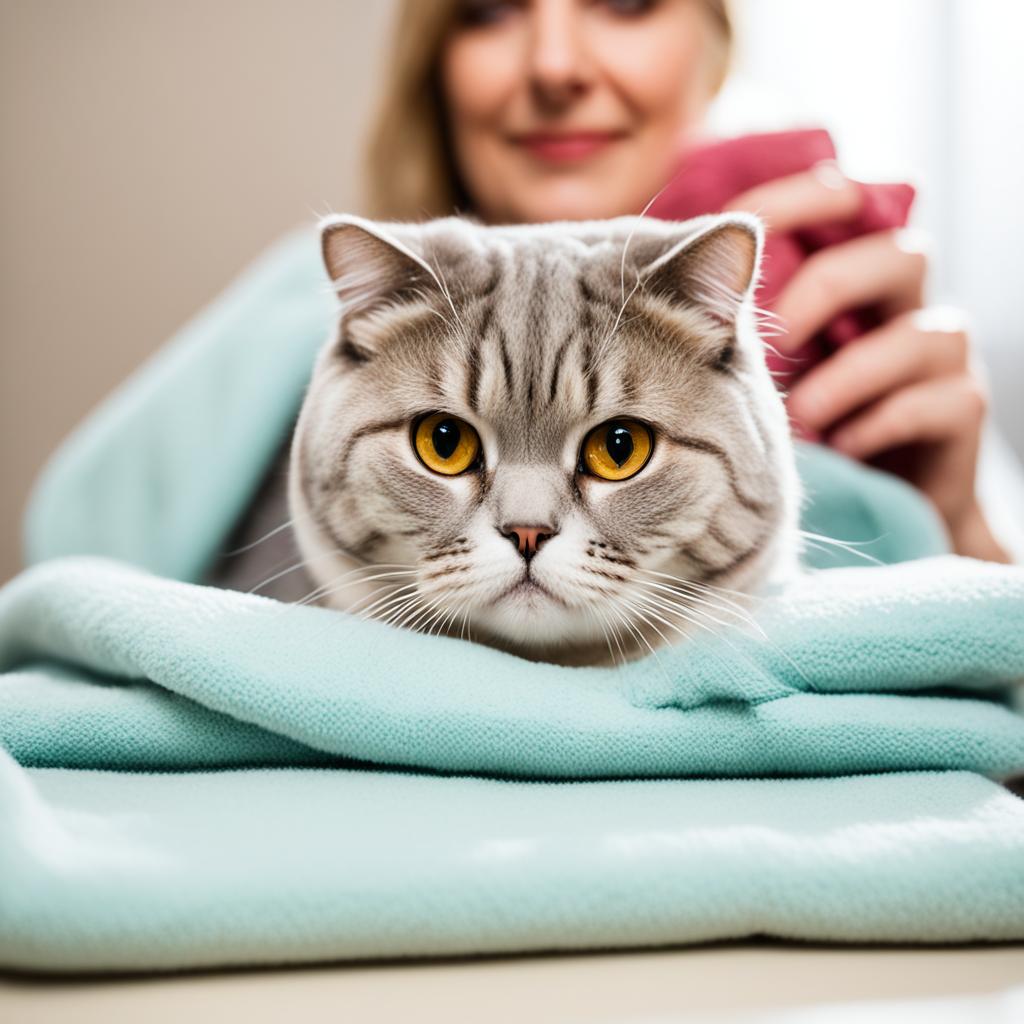
If you’ve ever found yourself staring into your Scottish Fold’s adorable eyes only to notice something amiss, you might be witnessing one of the common signs of watery eyes in cats. Understanding these signs is crucial for proper eye care for Scottish Fold cats.
Excessive Tear Production
One of the most noticeable signs is increased tear production, which can result in visible dampness or persistent wetness beneath the eyes. This can sometimes leave your feline friend looking like they just finished a tear-jerking movie.
Red or Pinkish Eyes
Another clear indicator to watch for is any discoloration in the eyes. Red or pinkish eyes can signal irritation, which, if left unchecked, may worsen over time.
Reddish-Brown Staining Under the Eyes
Cats with watery eyes often develop reddish-brown staining under their eyes due to the continuous presence of moisture. This cat eye discharge can stain the fur and skin, potentially leading to further irritation or even infection.
Causes of Watery Eyes in Scottish Fold Cats
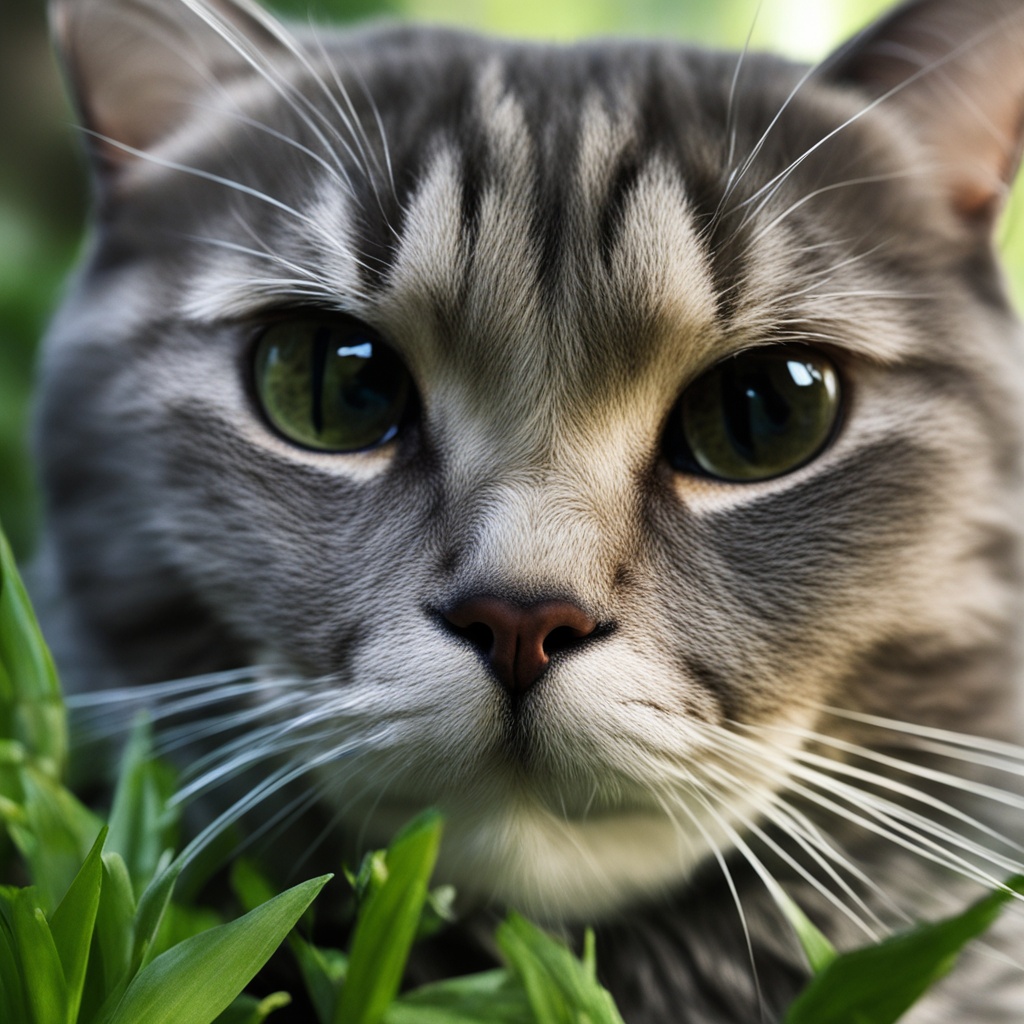
Watery eyes in your Scottish Fold can arise from several underlying causes that may require different treatments. Identifying these causes is key to providing the best care for your feline friend.
Conjunctivitis
A common reason for watery eyes in Scottish Fold cats is conjunctivitis. This can be triggered by viral or bacterial infections, causing inflammation and excessive tear production. Watch out for redness, swelling, or discharge, which are telltale signs of conjunctivitis in cats.
Allergies
Cat allergies can also lead to watery eyes. Allergens such as pollen, dust, or even certain foods might cause your cat’s eyes to water. Identifying and reducing exposure to these allergens can help alleviate the symptoms.
Eye Injuries
Another possible cause is cat eye injuries. Whether due to playful antics, fights, or accidental scratches, any trauma to the eye can result in tear production as a protective response. Always monitor for signs of discomfort or visible damage.
Abnormal Eyelashes
Lastly, abnormal cat eyelashes, a condition known as distichiasis or ectopic cilia, can irritate the eye surface. These incorrectly growing eyelashes rub against the eye, leading to irritation and tearing. Veterinary intervention may be necessary to correct this issue.
Why Does My Scottish Fold Cat Have Watery Eyes?
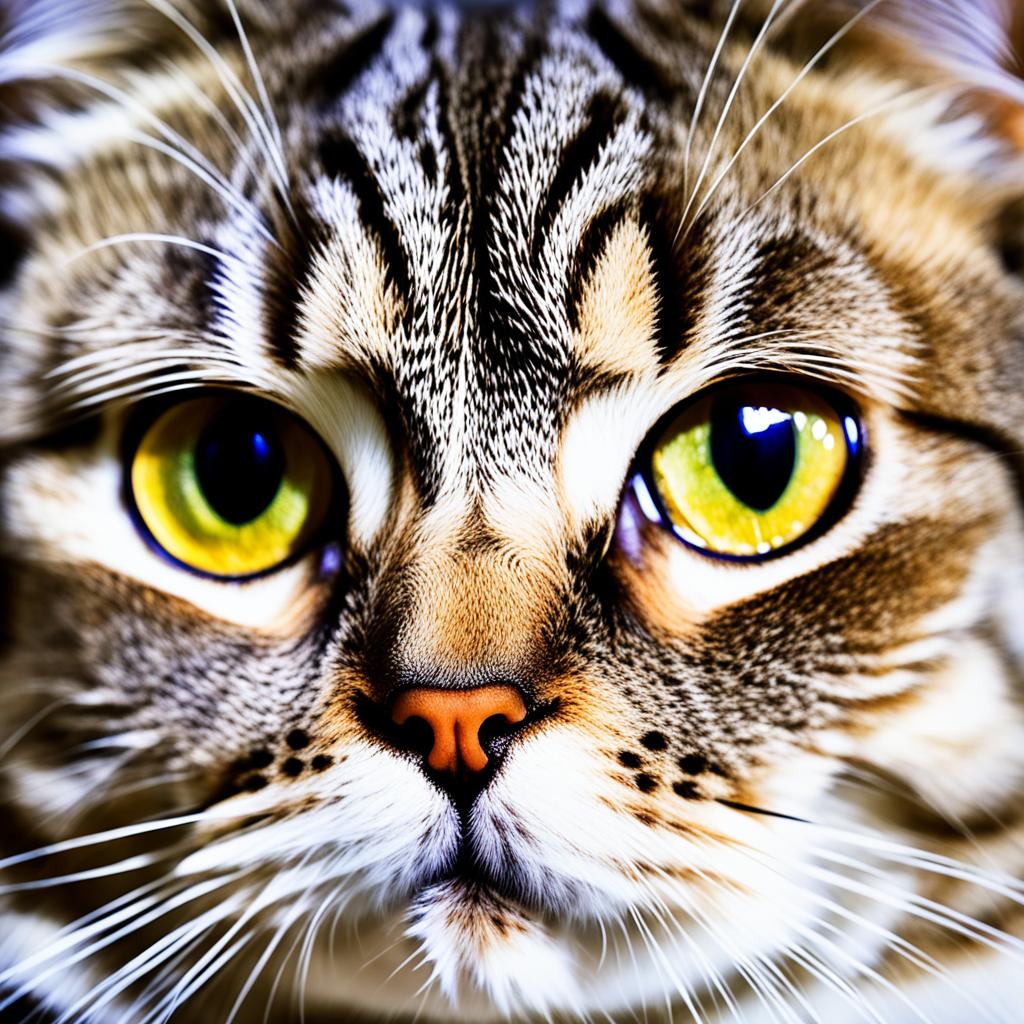
When pondering why does my Scottish Fold cat have watery eyes, it’s important to consider their unique facial anatomy. Their distinct, folded ears and round faces are adorable, but they can come with some challenges. Scottish Fold cats often have trouble with tear drainage due to their facial structure. Those charming looks can unfortunately mean that tears don’t flow properly, leading to constant eye moisture.
Understanding why does my Scottish Fold cat have watery eyes also means considering other health issues such as allergies or infections. Just like humans, cats can have allergic reactions to things in their environment—this could be anything from pollen to household cleaners. Infections, whether bacterial or viral, often cause eye irritation and excess tearing as well.
The first step in addressing why does my Scottish Fold cat have watery eyes is to identify the root cause. Sometimes, it’s a simple fix, like changing your cleaning products or ensuring your cat’s sleeping area is allergen-free. Other times, a trip to the vet is necessary for a more thorough examination and treatment plan.
| Common Causes | Possible Solutions |
|---|---|
| Facial Anatomy | Regular cleaning, eye drops |
| Allergies | Allergy tests, change in environment |
| Infections | Vet-prescribed medication |
How Facial Anatomy Affects Tear Drainage in Scottish Fold Cats
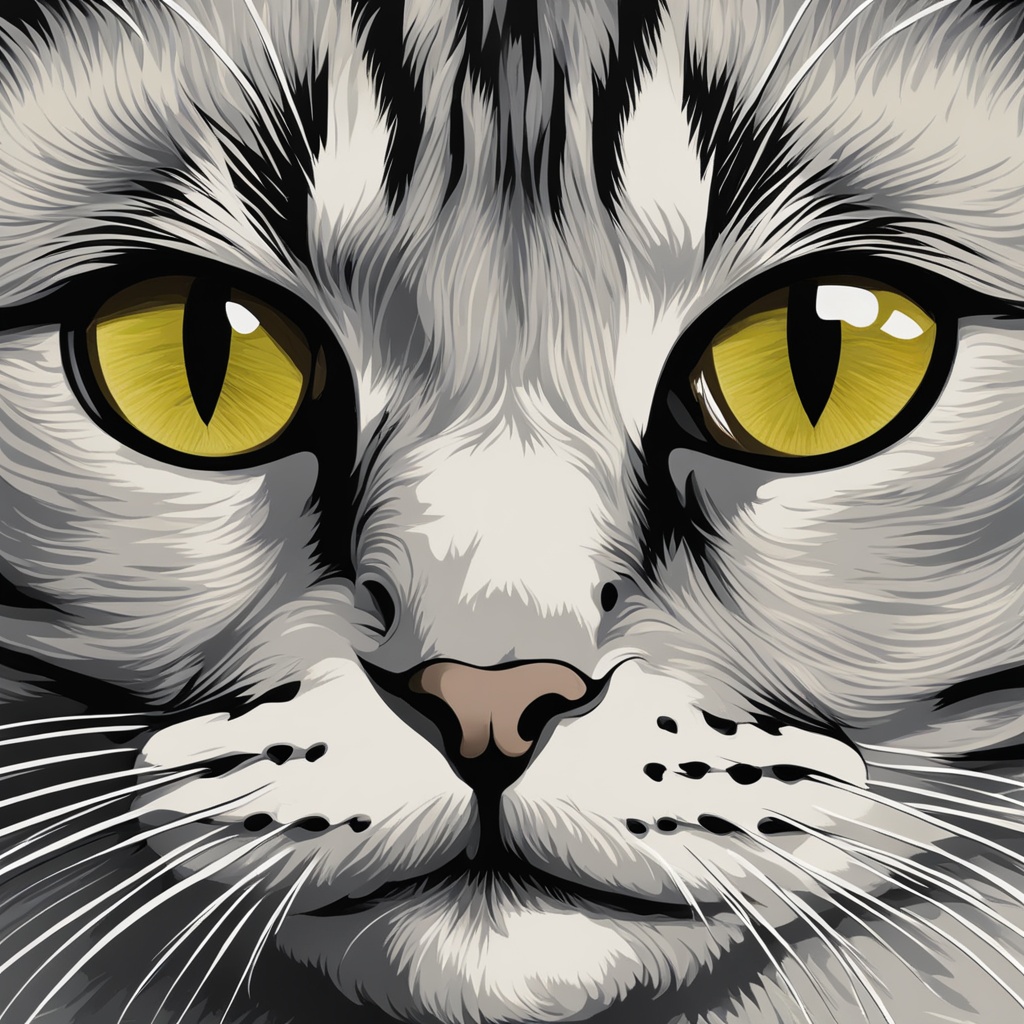
Understanding the unique facial anatomy of Scottish Fold cats can shed light on why they often experience tear drainage issues. These adorable felines boast a structure that can make tear management a bit tricky.
Impact of Brachycephalic Features
Due to their brachycephalic facial structure, Scottish Fold cats have flattened facial features. While undeniably charming, this compressed design can prevent tears from entering the ducts properly, causing overflow and those telltale wet eyes.
Blocked Tear Ducts
Tear duct blockage in cats is another challenge with the Scottish Fold’s facial anatomy. Debris or foreign bodies can block these ducts, preventing proper tear drainage and requiring veterinary intervention to clear the obstruction.
Hair Obstruction
The hair surrounding the eyes of Scottish Folds can further exacerbate tear drainage problems. The hair may block the tear ducts, causing tear overflow and demanding regular grooming to keep the area clear and reduce epiphora.
How to Treat Watery Eyes in Cats
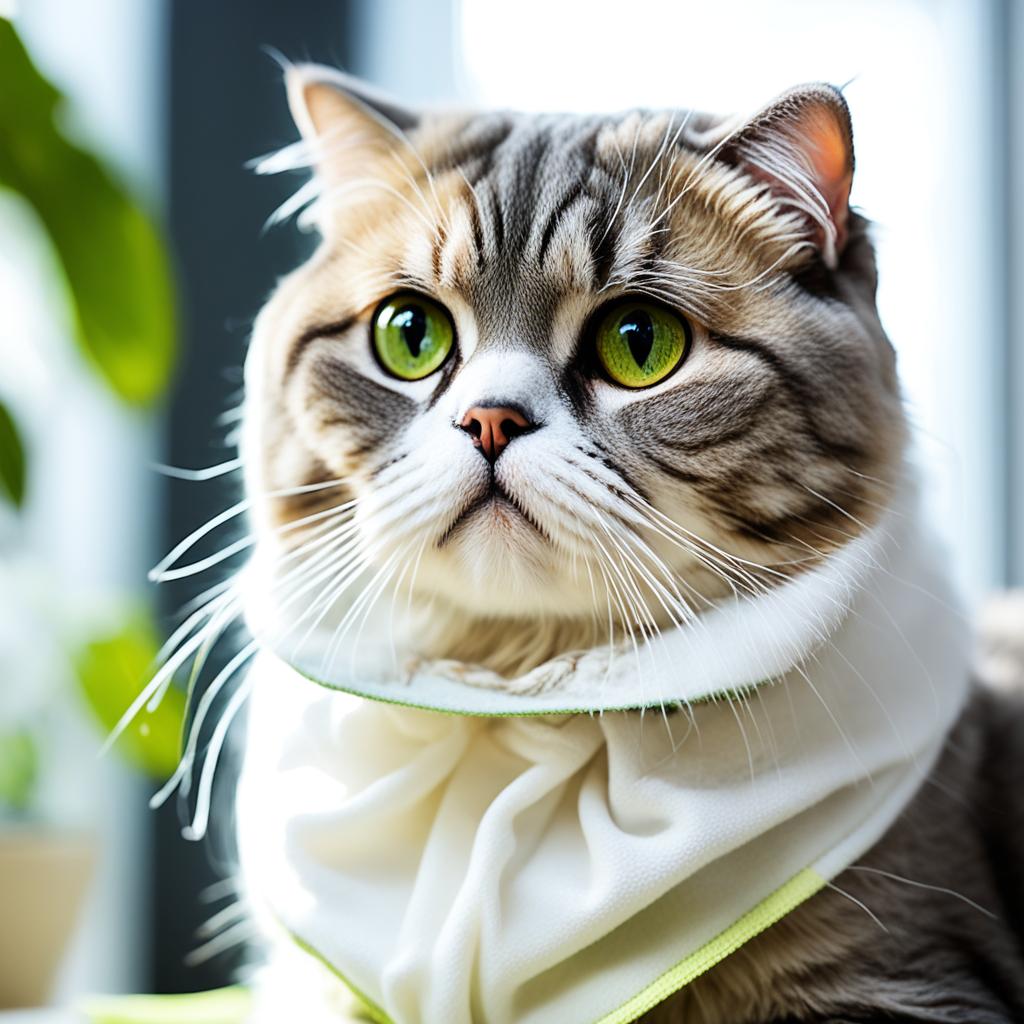
When it comes to treating cat watery eyes, your first step should be consulting with your vet. They can diagnose any underlying issues and provide a path forward.
Veterinary Treatments
For causes like tear duct blockage, your vet might recommend a tear duct flush under anesthesia. In more severe cases, surgical intervention may be necessary, especially if developmental abnormalities are identified. Treating the primary issue, such as an infection or allergy, is also essential for effective treatment.
Home Remedies
If your vet has determined there’s no serious underlying issue, some home remedies can help. Regularly wiping your cat’s eyes with a damp cotton pad can be beneficial. Additionally, keeping your home free of irritants like dust and strong chemicals can contribute to eye cleanliness in cats.
Maintaining Eye Cleanliness
Eye cleanliness in cats is essential for preventing secondary infections. Use vet-approved products and consider incorporating daily probiotics into your cat’s diet to boost overall health. Consistent home care for cat eyes ensures they remain healthy and reduces the risk of persistent issues.
Preventing Watery Eyes in Cats
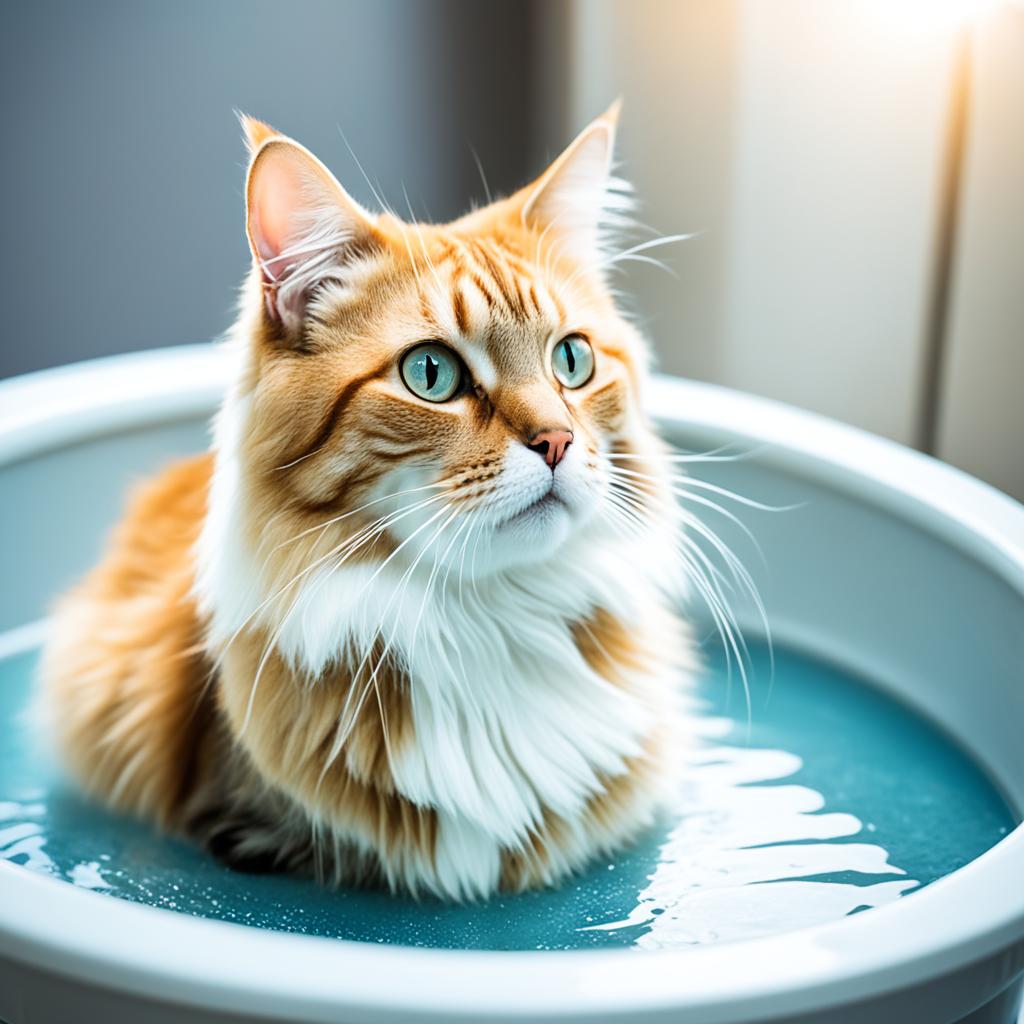
When it comes to preventing watery eyes in your beloved Scottish Fold, maintaining a comprehensive Scottish Fold eye care regimen is crucial. This means ensuring your cat’s eyes stay clean and free from irritants. Regularly inspect and gently wipe your cat’s eyes with a soft, damp cloth to prevent any discharge or debris buildup.
Managing allergies is another essential component in preventing watery eyes in cats. Identify and eliminate potential allergens within your home, such as certain foods, dust, or pollen. If your cat continues to show allergy symptoms, it might be wise to consult your veterinarian for a more tailored approach.
In addition to these steps, mitigating the risk of eye injuries can significantly contribute to your Scottish Fold’s eye health. Ensure your cat’s environment is safe, avoiding sharp objects or rough play that could result in accidental eye injuries.
Routine veterinary check-ups are paramount in a Scottish Fold eye care regimen. Regular visits to the vet not only ensure your cat’s overall health but also allow for early detection of potential eye issues. Your vet can provide professional cleaning, check for infections, and offer further advice specific to your cat’s needs.
By closely monitoring your cat’s health and promptly addressing any concerns, you can effectively prevent the development or exacerbation of eye problems. This proactive approach ensures that your Scottish Fold remains a happy and healthy companion.
When to See a Veterinarian for Your Cat’s Watery Eyes
Even though a little eye discharge might seem harmless, knowing when to take your Scottish Fold to the vet is crucial. Persistent symptoms, unnoticed secondary infections, or sudden changes in behavior are clear signals that a professional eye health check is needed.
Persistent Symptoms
If your Scottish Fold’s watery eyes continue for more than a few days, it’s time to consider a visit to the veterinarian. Extended periods of tear overflow can indicate underlying issues that need medical intervention. Ignoring these symptoms can lead to complications, making timely veterinary care for your cat’s eyes essential.
Secondary Infections
Watch out for signs of secondary infections, which often manifest as a bad odor or unusual discharge. These infections can exacerbate the problem, causing discomfort and potential damage to your cat’s eyes. Regular cat eye health checks can help identify and treat these infections swiftly, ensuring your feline friend’s comfort and well-being.
Changes in Behavior
Behavioral changes like constant rubbing of eyes, lethargy, or apparent discomfort could be your cat’s way of signaling distress. These behaviors require immediate veterinary attention to prevent further complications. Effective veterinary care for cat eyes includes addressing not just the symptoms but also ensuring that your pet remains happy and healthy.




